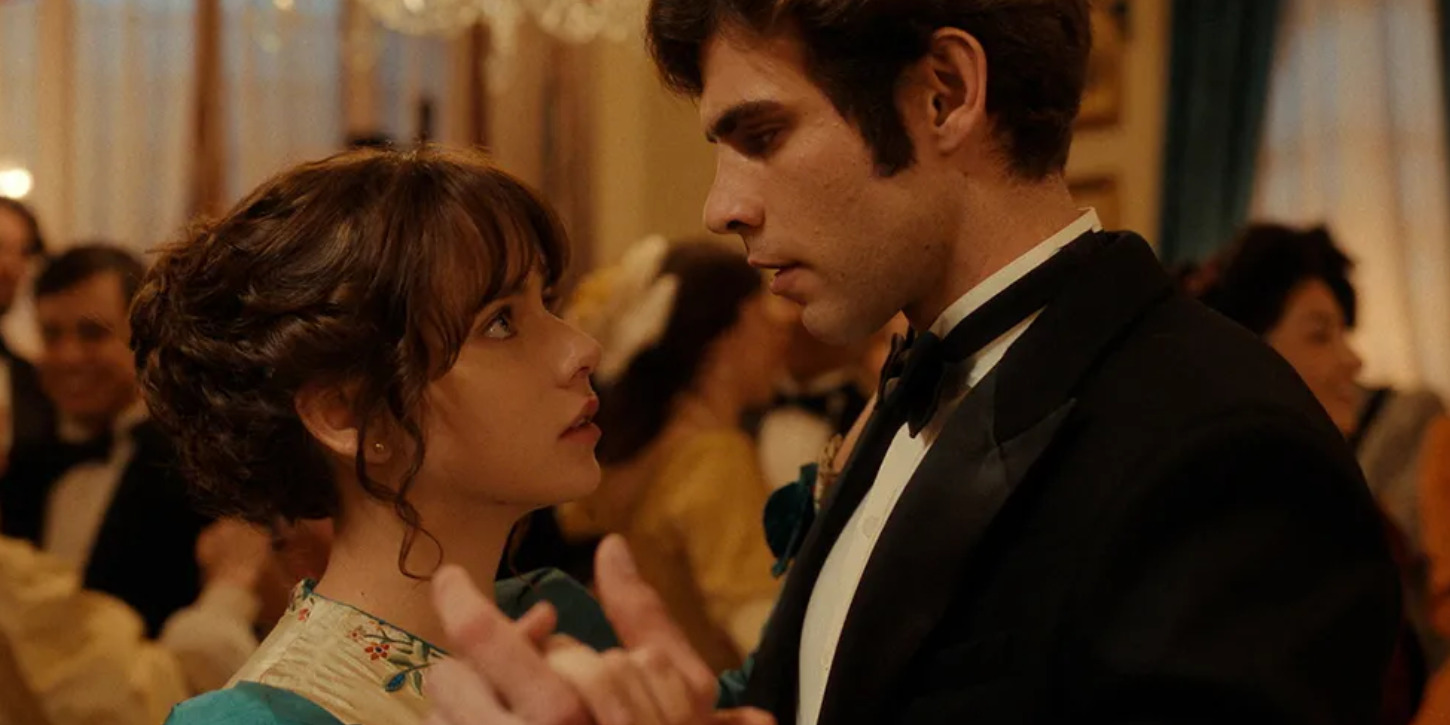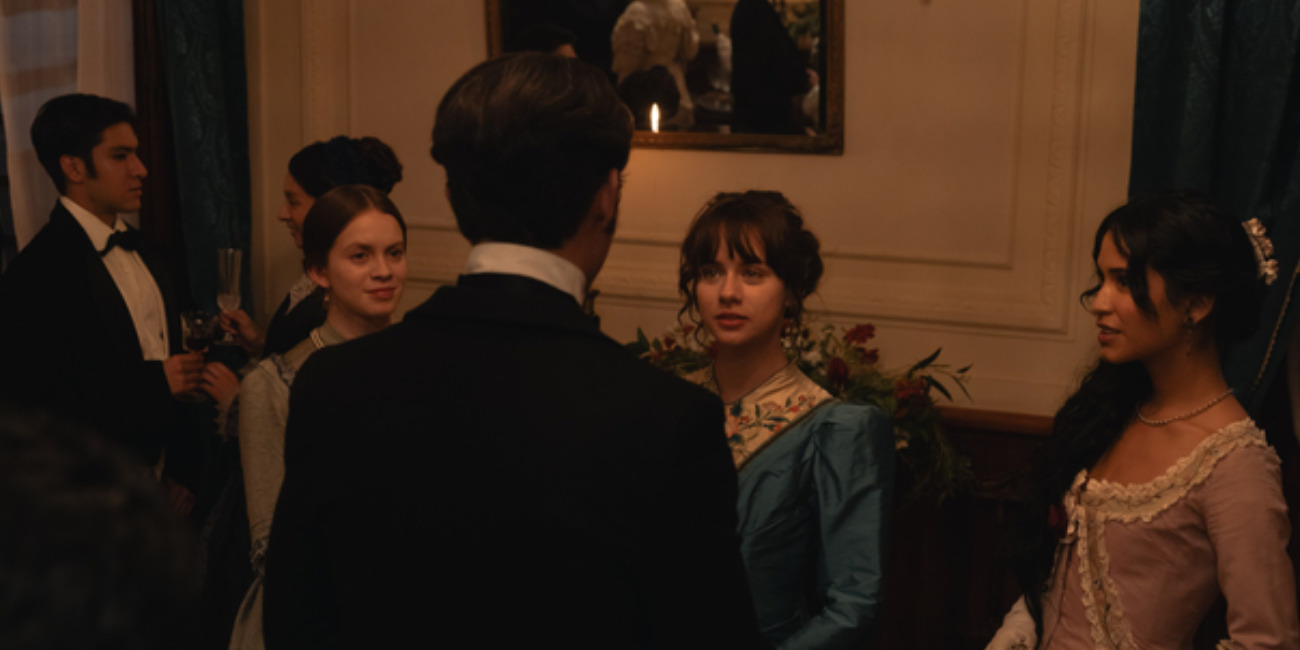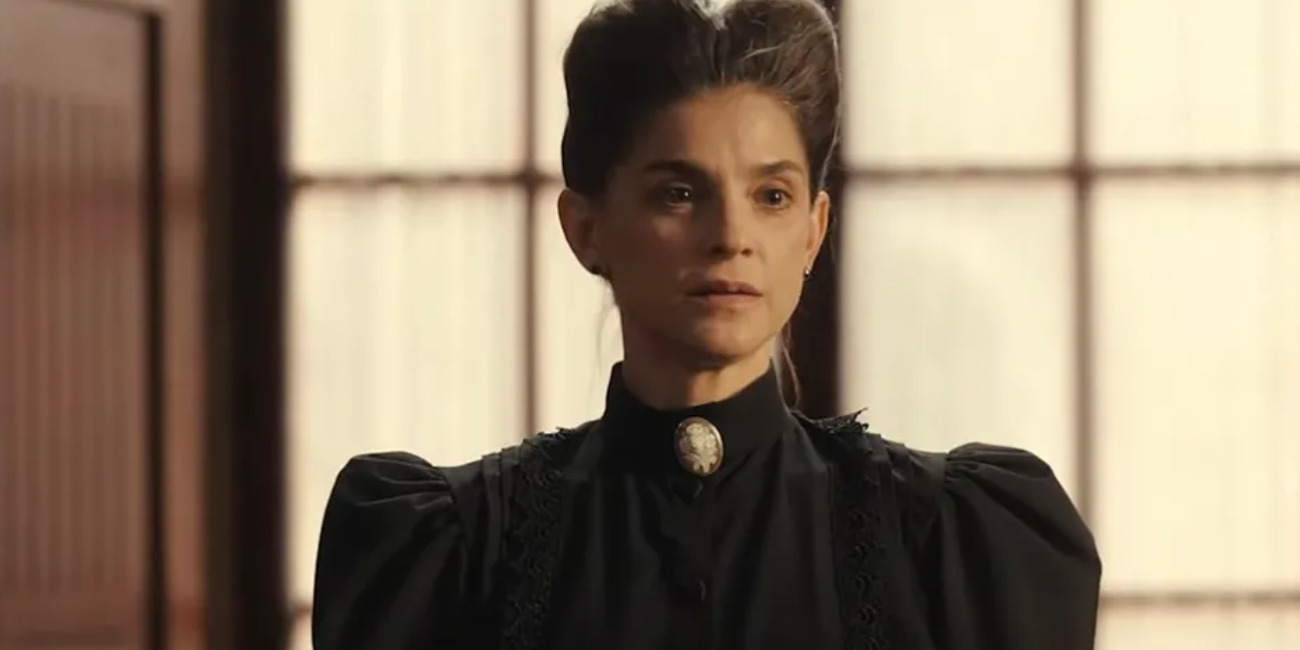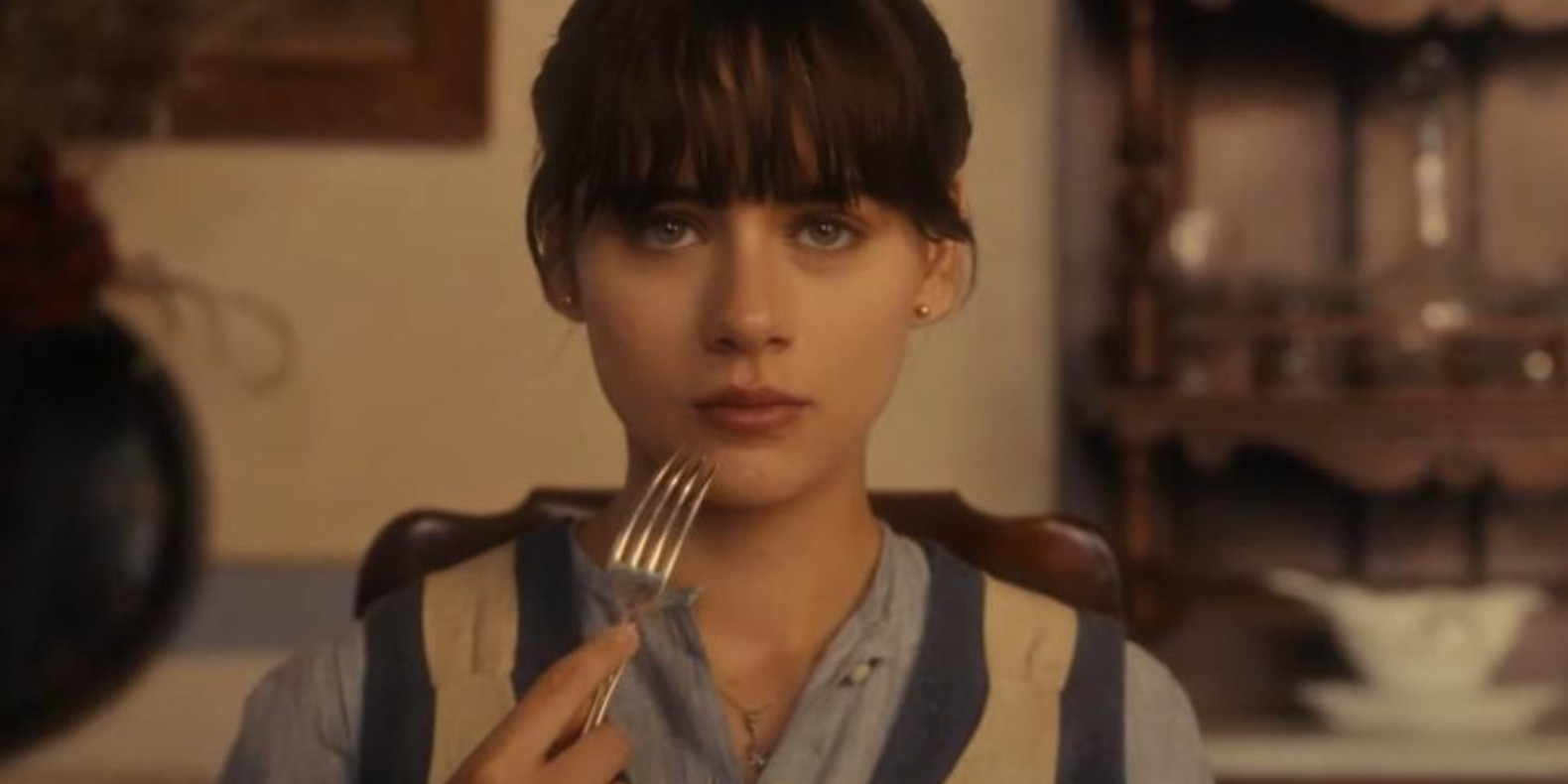Showrunner Jerry Rodríguez’s ‘Like Water for Chocolate’ is a Spanish melodrama show that presents a star-crossed love story circa 1910. Also known as ‘Como Agua Para Chocolate,’ the HBO show follows Tita, the youngest daughter of the de la Garza family. Born quite literally in a kitchen, she retains a magical touch with the culinary arts from a young age. Similarly, she falls for the neighbor’s boy, Pedro, early in her childhood. Nonetheless, despite the pair’s blossoming love for one another, Tita’s mother, Elena, stands firm in her decision that her youngest daughter will remain unmarried to look after her in her old age.
Worse yet, Elena directs Pedro’s marriage proposal toward Tita’s older sister, Rosaura. Thus, as Tita’s love story crumbles around her in the cruelest way possible, she struggles to fight family tradition and destiny all through the power and magic she finds in her cooking. Despite the show’s more theatric elements, this tale — set at a pivot point in history — retains a connection to reality.
Like Water for Chocolate is Based on Laura Esquivel’s Literary Work
With Francisco Javier Royo Fernández (credited as “Curro Royo”) as the head writer, ‘Like Water for Chocolate’ equips a historical backdrop — which sustains moments of relevance in the central storyline. Even so, the broader narrative and primary characters remain works of fiction. Nonetheless, its origin isn’t confined to its on-screen rendition. Instead, ‘Like Water for Chocolate’ finds its roots in the Spanish literary classic of the same name, penned by Mexican novelist Laura Esquivel and published in 1989. The story, which features prominent themes of love, food, rebellion, and womanhood, continues to leave a notable mark on culture. Over the years, Esquivel’s novel has been adapted through numerous mediums. In 1992, Mexican filmmaker Alfonso Arau brought the story to the big screen and won critical acclaim for it.

Likewise, the story has also been adapted into a ballet and a musical. Therefore, Jerry Rodríguez strives to keep the cultural significance of the tale alive through his show. For the same reason, the on-screen adaptation doesn’t stray far from the source material, engaging in the same storylines and themes as the novel. Having said that, the former simultaneously also imbues novelty to the story by expanding upon elements that have been previously overlooked in other adaptations. As a result, the narrative of the period drama ends up enhancing and highlighting characters like Gertrudis, Nacha, and more. Consequently, the show proves to be a faithful adaptation of Esquivel’s novel. Ultimately born from a fictional origin, ‘Like Water for Chocolate’ retains the fictionality of its source material.
The Show Explores the Historical Landscape of its Setting With a Dash of Authenticity
Even though ‘Like Water for Chocolate’ originates from a fictitious story, the show follows in its predecessor’s footsteps and provides a realistic exploration of its historical setting. The story takes place in the 1910s as the Mexican Revolution brews on the horizon. The significance of the historical revolution isn’t lost on the plot, which actively introduces storylines to highlight and emphasize the socio-political themes of the time. Thus, the story achieves narratives revolving around Pedro’s struggle with accepting his high-class family’s social standing and the generational conflict between ranch families and their hired servants.

Likewise, the show also touches upon the ideas of feminism through Tita’s storyline by presenting a nuanced take on it. In her work, the author Laura Esquivel was eager to showcase a different reality of revolution — one that stands distinct from the revolutionary ideas of the 60s, the generation she comes from. For Esquivel, the kitchen was as good a place as any — if not better — for women to begin their revolutions. Therefore, the author infused Tita’s narrative with the same ideals, weaving in the intrinsic link between womanhood and feminism.
In a conversation with AARP, Esquivel expanded upon the same and said, “Tita, from the kitchen environment that was on the surface her space of oppression, her punishment, her place of confinement, she is the one that ends up instituting a revolution.” She further added, “She is a woman who manages to change the history of the family, and she does it all from the kitchen. That was the message.” Naturally, the show keeps these themes — of revolution toward a more feminist and anti-authoritarian society—alive. In doing so, it builds a realistic depiction of the story’s time period.

Nonetheless, the same doesn’t require the on-screen narrative to sacrifice the more whimsical, melodramatic elements in the story. The show remains ripe with entertainment, provided on an instinctual level, through dramatized plot points and storylines that call for easily suspended disbelief. As a result, it presents an engaging blend of drama and history that perfectly encapsulates the period piece. Ultimately, ‘Like Water for Chocolate’ remains a work of fiction without real-life counterparts for its characters and events in reality. Yet, it sustains connections to a sense of reality through its commitment to authenticity.


You must be logged in to post a comment.